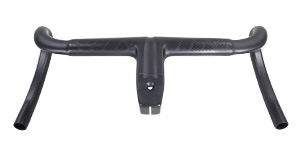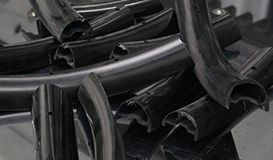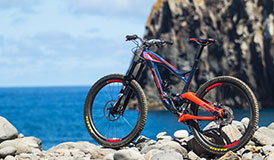Hookless rims have been widely accepted in the mountain realm and have made their way onto gravel bikes as well. With disc brakes becoming legal for road racing, rims and tires became wider, and hookless became a real option for the road market.
Is it safe? What are the benefits? In this blog, we will discuss in detail the two bead types and help you make an informed decision.
The Basics
Traditional clincher rims have bead hooks (inward-facing ridges) around the outer circumference of the rim. This bead type is called “hooked”. It is self-explanatory that “hookless rims” remove the protrusions and instead have a straight vertical edge.
Note that the variation in hook-bead design does not typically affect outer rim diameter. In most cases, manufacturers will create a hookless and clincher version of a rim using the same mold, only the plates that form the center channel portion of the rim are changed. With a modified layup and the new plates installed, the alternate version features a different internal width (1.5mm difference is typical).


Why Do We Need Hooks?
Simply put, hooks provide more stability and tire retention, especially at higher tire pressures. Compared to auto or motorcycle tires, bike tires have thinner casings and are not stiff enough to hold themselves in place in extreme use. In other words, the tire diameter can enlarge, leading to a risk of blowoff at high pressures. Hooks serve as the guards for the tire beads by preventing the tire from expanding in diameter.
It is proven by many rim and tire makers that the hooks noticeably increase the pressure at which the tire stays safe and secure on the rim. The tire pressure limit of our hooked road rims is 115psi (60psi for gravel type), while that of the hookless road rims is 75psi (55psi for gravel rims).
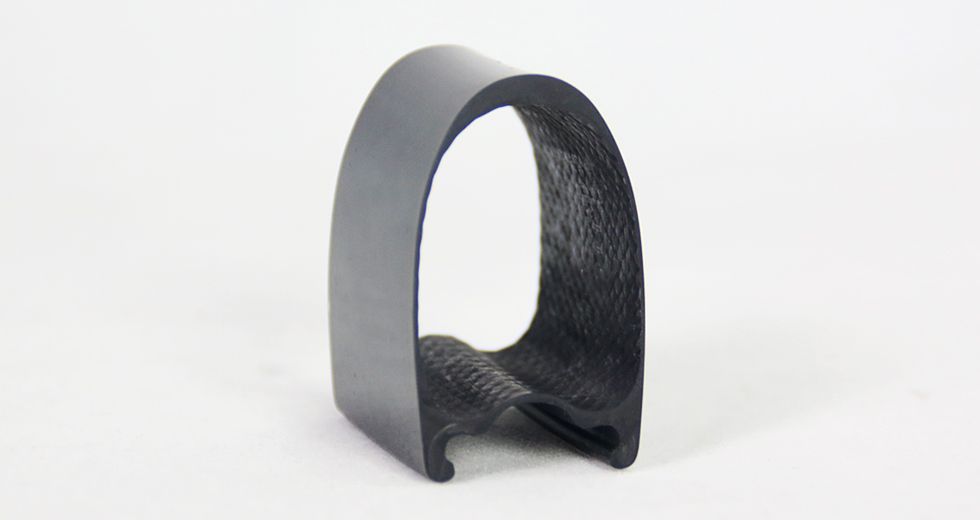
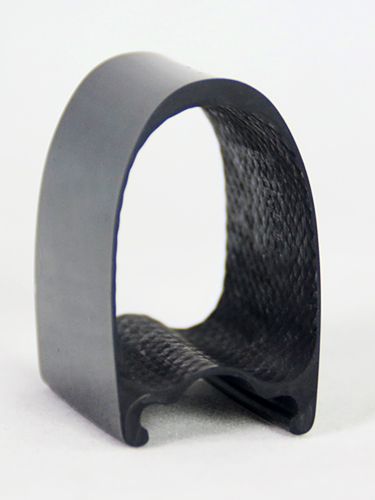
Why Do We Remove Hooks?
Higher manufacturing efficiency. Hookless rims are easier to produce than hook rims as hooks require a complex 3-piece mold.
Durable construction. The layup design is more smooth and connected with the center channel of the rim. Material flows more smoothly and uniformly from the sidewall, up and over the hookless bead, and into the bead seat. Impact resistance is significantly increased with a hookless design.

- Improved rim and tire engagement. With the removal of the protruding hooks pushing the tire wall inward, there is a wider tire stance on the hookless rim. Some refer to this as the “lightbulb effect” because of the comparable shape.
- Hooks are unnecessary under certain conditions. All of our rims are tubeless-ready with the bead lock design. If the tire is stiff enough and the tire pressure is not high, the bead lock can serve the function of the bead hook. This is why hookless design has been well accepted in the mountain bike community.


What to Choose For Road Riders?
Who is Hookless for?
If you are running wider tires, lower pressures, or are riding on rougher roads, you may be a good candidate for hookless. You will benefit from a more comfortable ride due to the higher volume and increased impact protection. Gravel riders and cyclocross riders are often in this situation.
As we have discussed, hookless is most frequently paired with tubeless tires, but not all tubeless tires are compatible with all hookless rims. Also, we have seen the use of tubed tires on the hookless rims. Tire bead stiffness plays a big role in the choice of hookless. It is wise to check with the tire manufacturer in advance to see if your tires support hookless use. Don’t forget the tire pressure limit, 75psi or 55psi or 50psi, to ensure a comfortable and worry-free outdoor adventure.
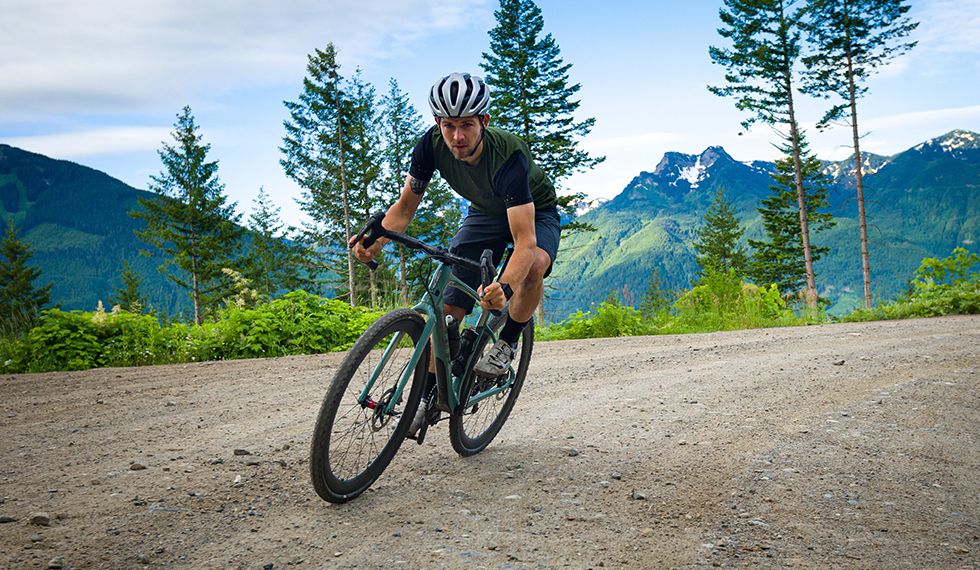
Who is Hooked/Clincher rims for?
Road riders who value aerodynamic gains and mostly ride on smoother roads. If you plan to run high pressure, then a hooked/clincher rim is a safe bet.
Please make a comment if you have any other questions regarding hookless and hooked rims. Feel free to contact us ([email protected]) to describe your riding styles and needs.
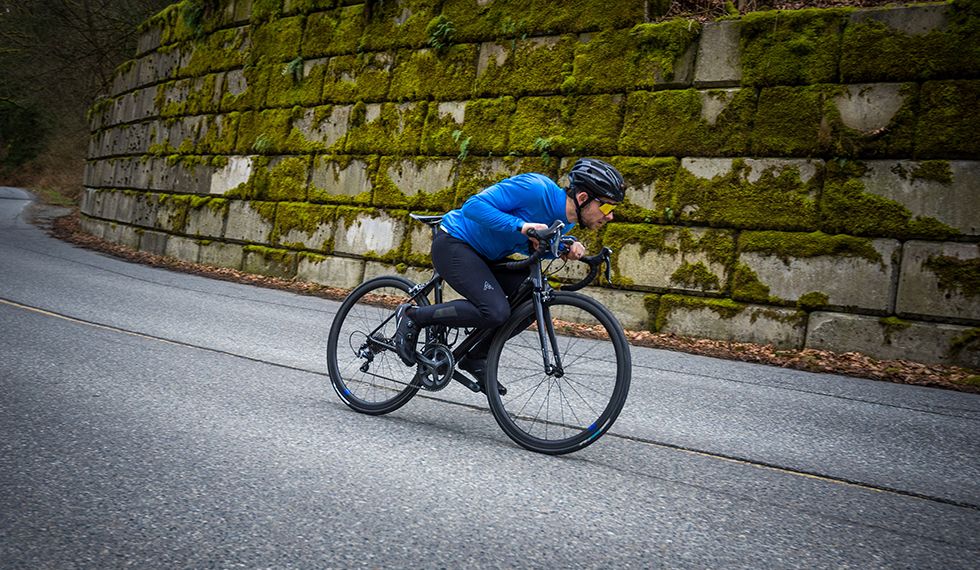
Get in touch
Feel free to leave a comment if you have any questions or suggestions on our products or other issues.

Please leave your name here.
E-mail is required for further contact.
Please enter a message.
We use cookies for a better experience. Learn more.
Your Cookie Preferences
We use cookies to improve your experience on this website. You may choose which types of cookies to allow and change your preferences at any time. Disabling cookies may impact your experience on this website. You can learn more by viewing our Cookie Policy.
-
Cookies required to enable basic website functionality.
-
Cookies used to understand how the website is being used.
-
Cookies that are used to enhance the functionality of the website.
-
Cookies used to deliver advertising that is more relevant to your interests.
Aceept All Cookies
Save Preferences
Reject All Cookies
Save Preferences
Reject All Cookies
Accept All Cookies



